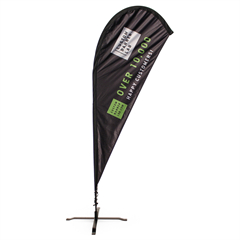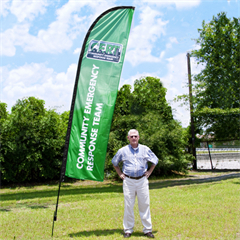Designing brochures with a clear and effective call to action (CTA) in mind is essential to guide your readers toward the desired action. Here’s how to design your brochures with a strong CTA:
- Strategically Place CTAs: Determine the main action you want readers to take and strategically place CTAs throughout the brochure. Make sure they’re prominently visible, especially near important information.
- Use Contrasting Colors: Make your CTAs stand out by using contrasting colors that catch the reader’s eye. The color should draw attention without clashing with the overall design.
- Use Action-Oriented Language: Craft CTA copy using action-oriented verbs that encourage readers to take immediate action. Use words like “discover,” “get started,” “reserve,” or “learn more.”
- Size and Visual Hierarchy: Use size and visual hierarchy to emphasize CTAs. They should be larger than surrounding text and positioned in a way that naturally guides the reader’s gaze.
- White Space Around CTAs: Give CTAs room to breathe by adding whitespace around them. This prevents visual clutter and makes the CTA more inviting.
- Use Buttons or Icons: Convert your CTAs into buttons or use icons to make them more clickable and visually appealing. Buttons can create a sense of interactivity.
- Highlight Benefits: Pair your CTA with a brief statement about the benefits of taking action. Let readers know what they’ll gain from clicking or engaging with the CTA.
- Scarcity and Urgency: If applicable, incorporate scarcity or urgency into your CTA. Use phrases like “limited time offer” or “only X spots available” to create a sense of urgency.
- Placement at the End: Consider placing a final CTA at the end of the brochure after readers have learned about your offering. This is a great spot for a comprehensive CTA that sums up the brochure’s content.
- Use Visual Cues: Use arrows or other visual cues to direct the reader’s attention toward the CTA. These cues can guide the eye and enhance the effectiveness of the CTA.
- Consistency Across Channels: Ensure that the language and design of your CTA remain consistent across various marketing channels, whether it’s on your website, social media, or printed materials.
- Provide Contact Information: If your CTA involves contacting your business, ensure that your contact information is easily accessible, clear, and correct.
- Mobile Optimization: Design with mobile users in mind. Ensure your CTAs are easily clickable on smaller screens and that the entire brochure is mobile-responsive.
- Test and Iterate: A/B test different versions of your brochure with varying CTAs to determine which ones resonate best with your audience. Use data to refine your approach.
- Clear Direction: Clearly state what will happen when readers click the CTA. If it leads to a form, a website, or a download, make it clear.
By designing your brochures with a well-crafted and strategically placed call to action, you’ll guide your readers through the desired journey and increase the likelihood of them taking the intended action.


























